Experts Say These 7 Popular Plants Are Overrated – Here’s What to Grow Instead
From classic mums to hybrid roses, we asked our experts which plants aren’t worth the hype – and, more importantly, what to plant instead.
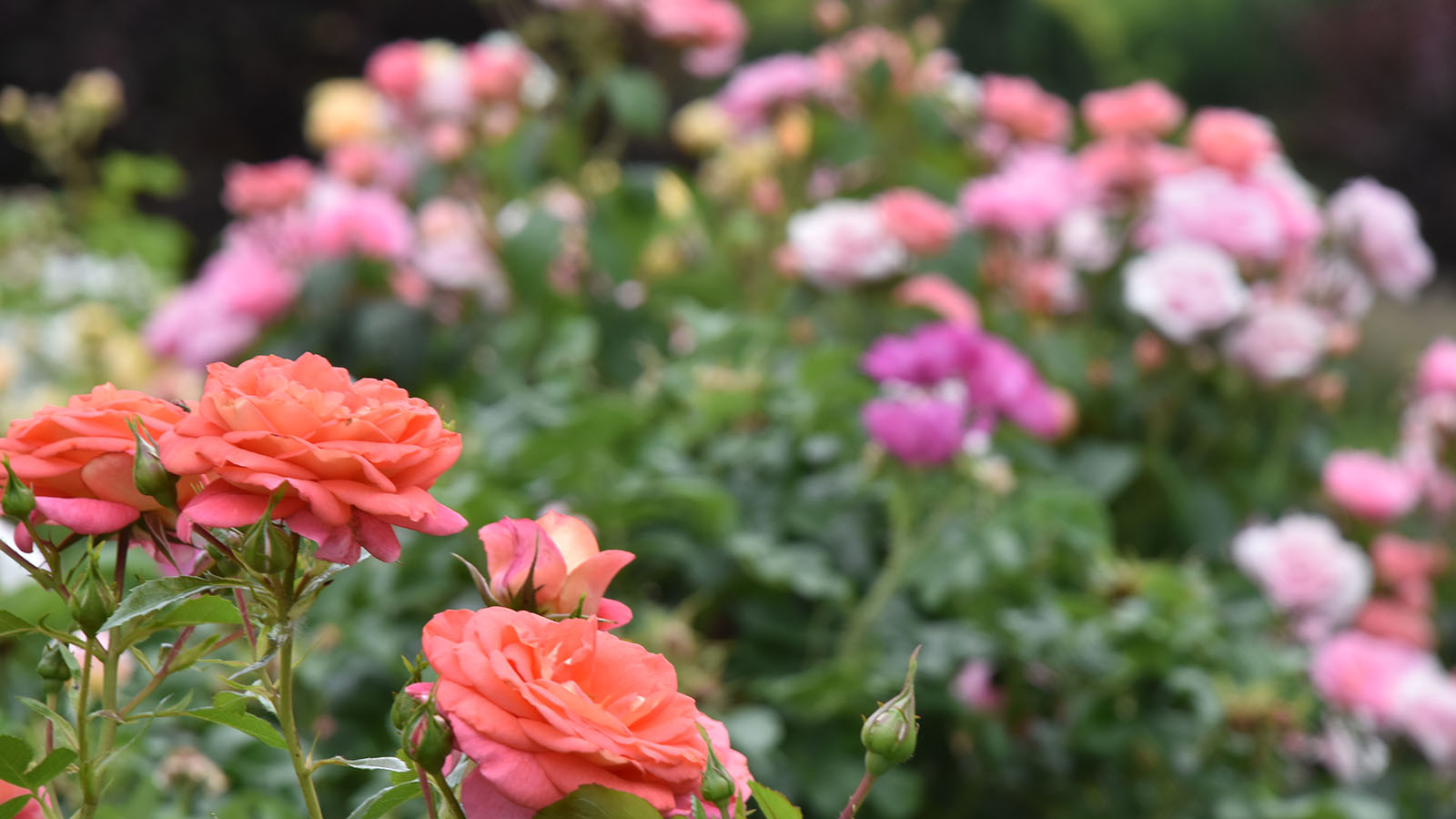

It is a truth universally acknowledged that ‘what is right is not always popular and what is popular is not always right’ (who’s going to disagree with Albert Einstein, eh?) – so it makes sense that some of the world’s most popular plants are considered to be well and truly overrated by the pros.
Yes, just as there are some plants every gardener should have, there are plenty, too, that are point-blank hated by experts. Because, while social media might lavish praise upon them and claim they’re flawless, those in the know will tell you that these plants are just too fussy, too diva-like, too thuggish, or just too… well, just too basic to be worth the hype.
If you’re keen to give the plants that gardeners regret growing a wide berth, then, you’re in the right place; our team of in-house experts have shared the plants they’d never buy at the garden center, along with the (sometimes savage) reasoning behind it.
One thing to bear in mind before you dive into this list, though; your garden is very much yours, so take all of this advice with a hefty pinch of salt. You, and only you, know what you want to see thriving in your outdoor space – and how much effort you’re willing to put in to get them there, too. Just be sure to check your USDA Hardiness Zone before you begin.
1. Hybrid Garden Roses
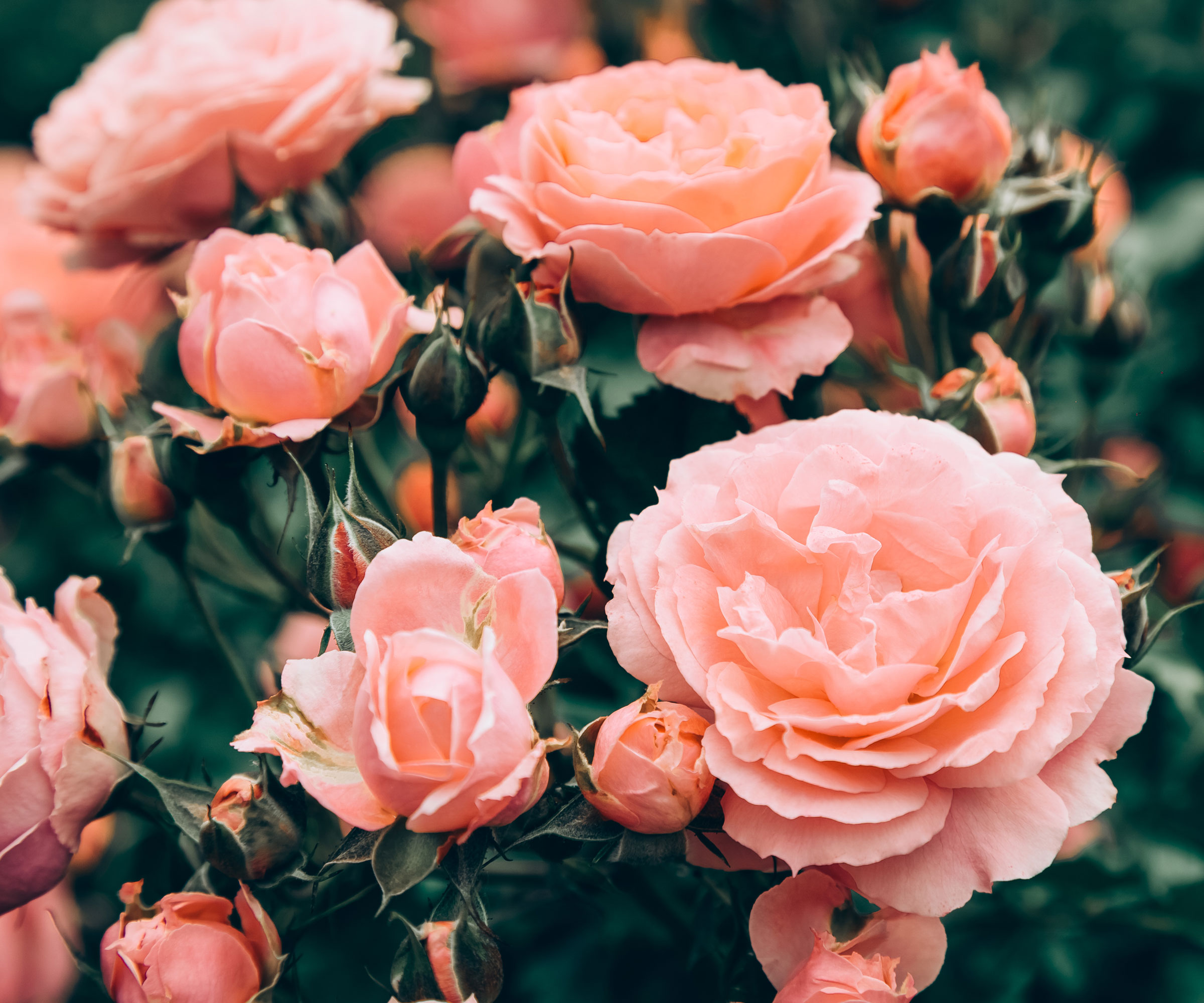
A rose by any other name might smell as sweet, but hybrid garden roses? Former park ranger turned gardens editor Kathleen Walters brands them an overrated addition to your rose garden.
‘Their fluffy layers of petals look nice, but they are fussy and don't really benefit pollinators,’ she says. Instead, she recommends planting wild roses like Carolina roses (Rose carolina) (available at Nature Hills), which are ‘native to the US, beneficial to pollinators and local wildlife, and still have vibrant color and fragrances that many people enjoy from hybrids’.
‘There are also other cultivars of single or double-petaled roses that pollinators love that offer even more variety of color if you want a dramatic look in your landscape,’ she says promisingly.
Sign up for the Gardening Know How newsletter today and receive a free copy of our e-book "How to Grow Delicious Tomatoes".
2. Black-Eyed Susans
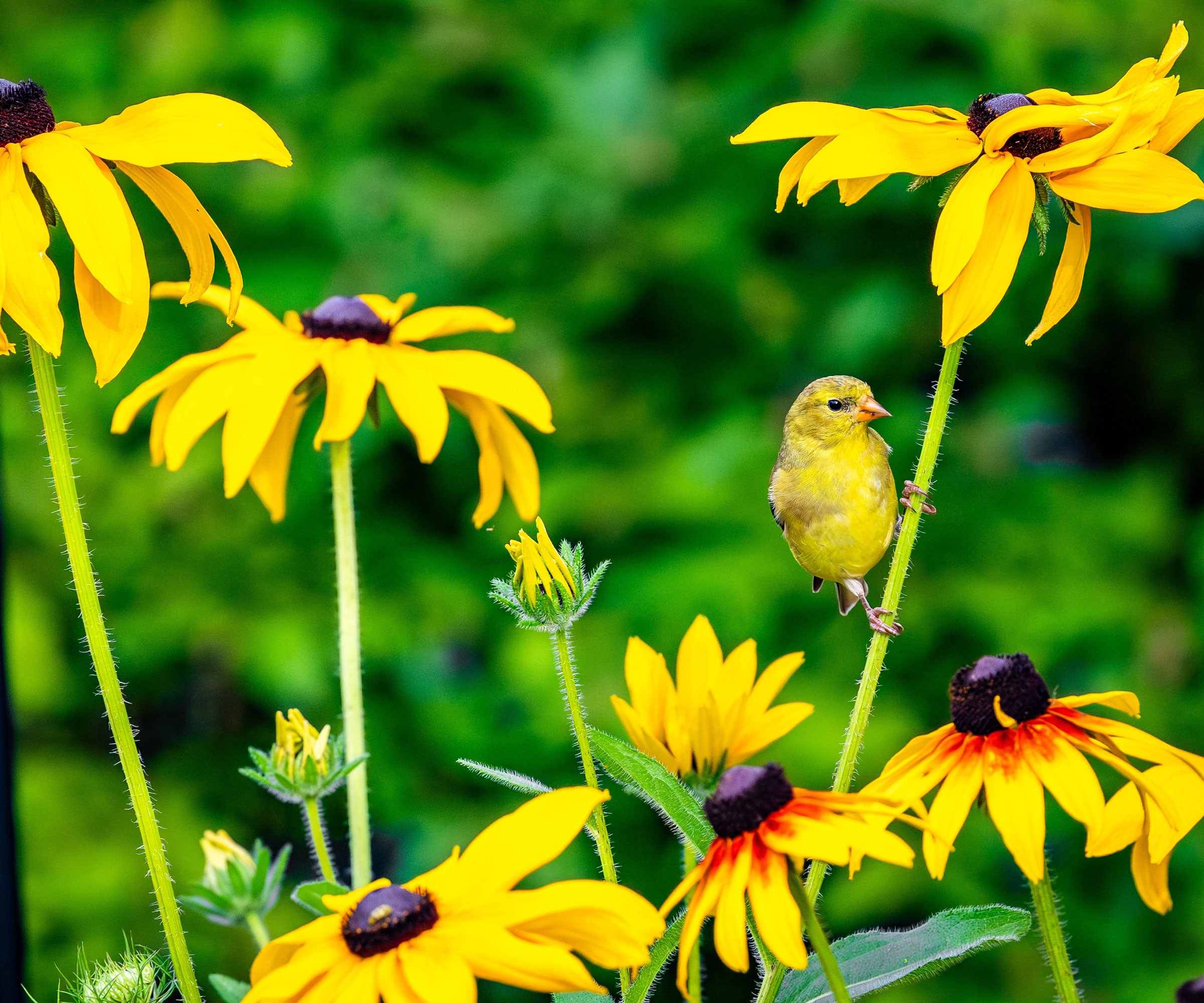
If you thought that rudbeckia, or black-eyed Susan, was universally beloved for its cheery yellow color and drought-tolerant properties, think again. In fact, master gardener Susan Albert has them down as one of the most overrated plants going.
‘Sure, they might be loved by pollinators, but they are aggressive and will run over nearby plants,’ she points out. ‘Plus, you can't just pull up the extra; they have to be DUG out!’
Instead, she recommends planting something like the easy-to-grow purple coneflower (Echinacea purpurea) – you can pick up a bag of over 2,300 NatureZ Edge Purple Coneflower Seeds on Amazon – or even sowing something like these Mexican Hat Flower Seeds from Home Depot.
3. Tulips
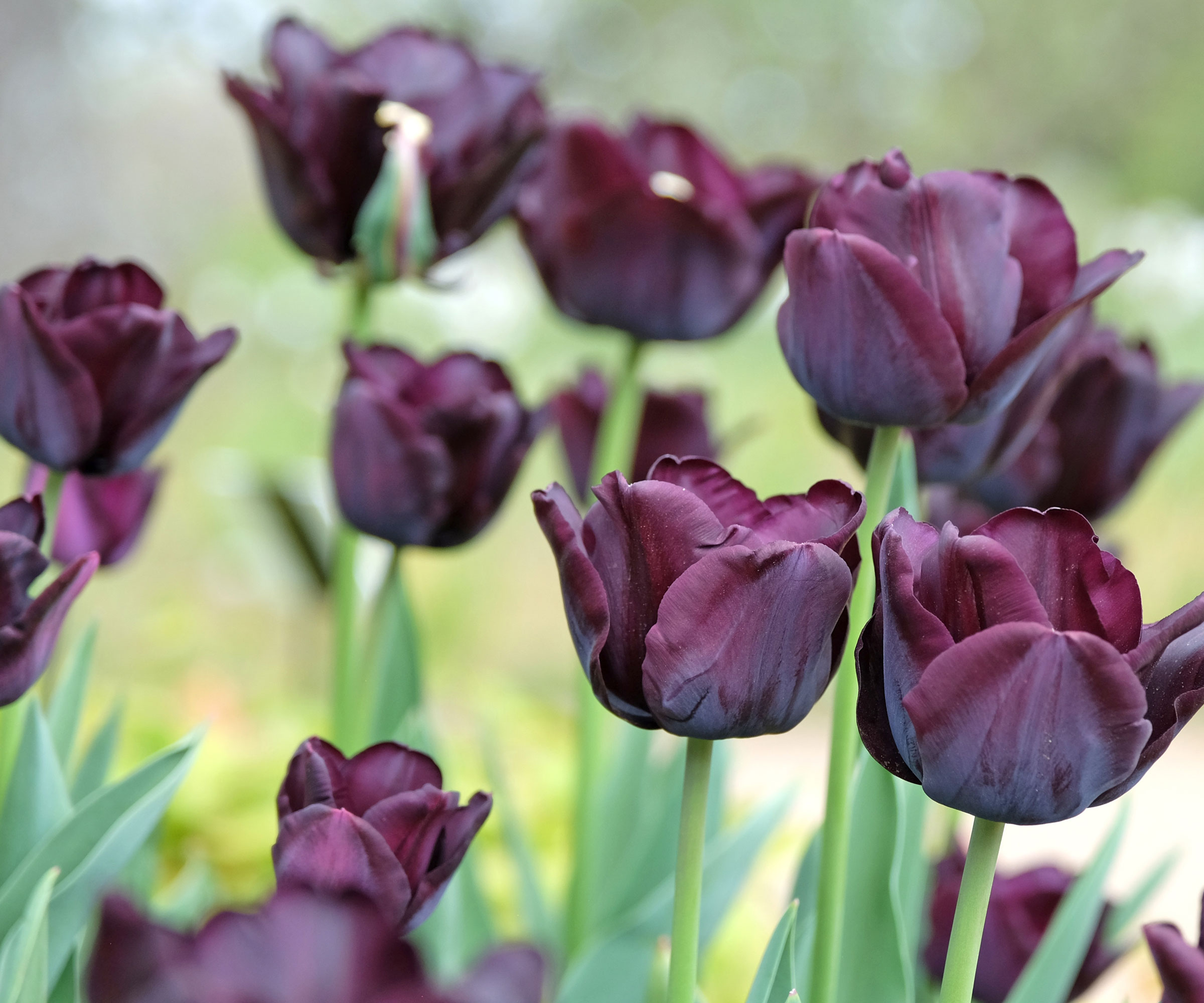
Look, I love tulips; they’re elegant, colorful, and one of the most iconic spring flowers around. Personally, though, I find they’re becoming more and more overrated as our climate continues to shift and change around us.
For those who’ve yet to experience the delights (read: horrors) of tulip fire, it’s a fungal disease that spreads rapidly in damp conditions in combination with high temperatures – so it makes sense that fewer and fewer gardeners are choosing to grow them in borders. Instead, try planting up your tulips in pots filled with sterile soil; I find they work really well in a bulb trifle.
Alternatively, plant up something like daffodils or crocuses instead – or, if you want to keep things native, try the grimly named bloodroot (Sanguinaria canadensis). They bloom beautiful cup-shaped white flowers in the early spring, and, as they’re woodland plants, are more than happy in partial-shade. You can pick up some bloodroot bulbs from the Native Wildflowers Nursery if you’re keen to give it a whirl.
4. Chrysanthemums
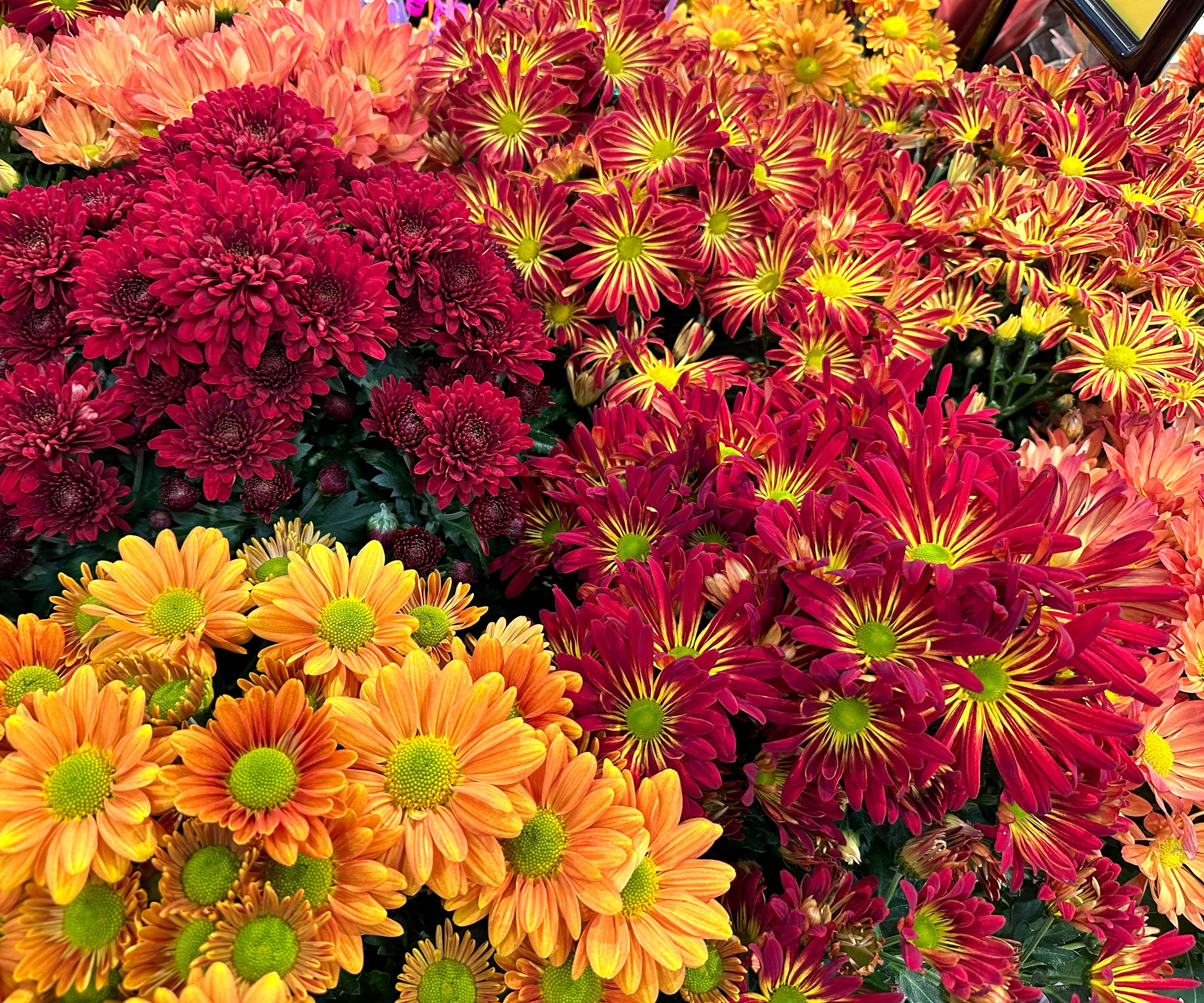
This writer might love ‘em, but chrysanthemums popped up a few times during our in-office chat about the most overrated plants, largely because these decorative autumn flowers are basically everywhere this time of year.
‘I think it would be neat if I saw mini ornamental peppers used as a bedding plant instead of mums, since that is all I ever see,’ says plant junkie Tyler Schuster. ‘I like one called "Sangria"; it is a tiny plant and it has red and purple upright peppers.’
If you do pick up a Sangria Ornamental Pepper from Woodies Garden Goods, Tyler adds that, while ‘you could use them to cook with, they are bitter! And if you have an insane amount of deer, like my area, then it helps that they are deer-proof.’
5. Burning Bush
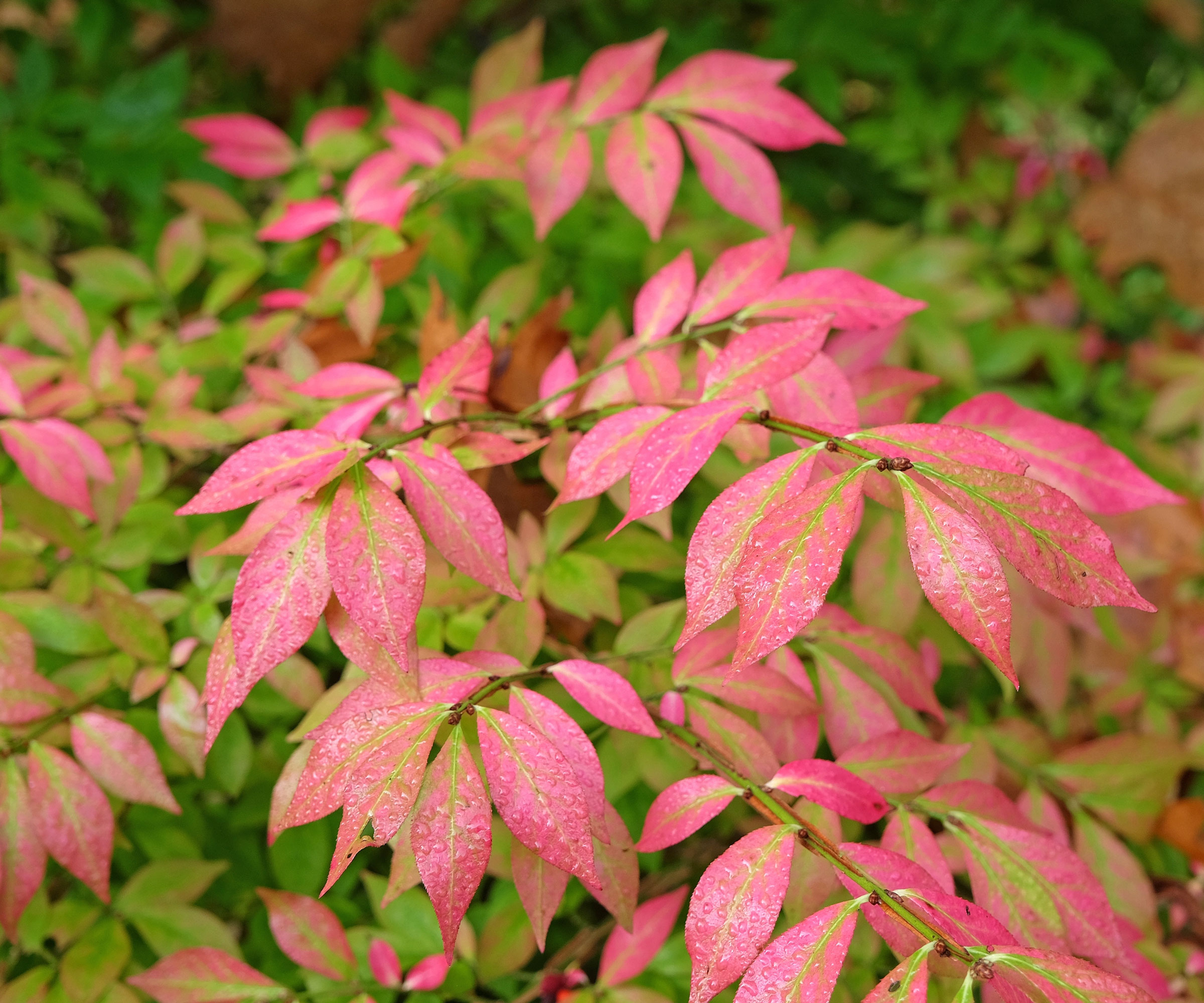
The burning bush plant (Euonymus alatus) is often praised for its fiery red fall color, but our very own digital green thumb Amy Draiss – who has plenty of hands-on gardening experience from the family landscaping business – says it’s more than simply overrated; it’s invasive, too.
‘The shallow root system makes it less resilient, and its appeal is limited to just a few short weeks in fall before the leaves drop. It’s also prone to pests, which can further reduce its landscape value,’ she says.
Amy goes on: ‘For a more sustainable and attractive alternative with multi-season interest and equally stunning fall color, consider one of my favorite shrubs: the Oakleaf hydrangea (Hydrangea quercifolia). It offers beautiful summer flowers, brilliant fall foliage, and striking peeling bark in winter.’
You can pick up an Oakleaf Hydrangea at Nature Hills easily enough. Otherwise, Amy also rates fothergilla (fothergilla gardenii) and serviceberry (Amelanchier canadensis) as two other excellent options that provide more year-round appeal. Viburnum, too, works well as a hedging alternative.
6. Petunias
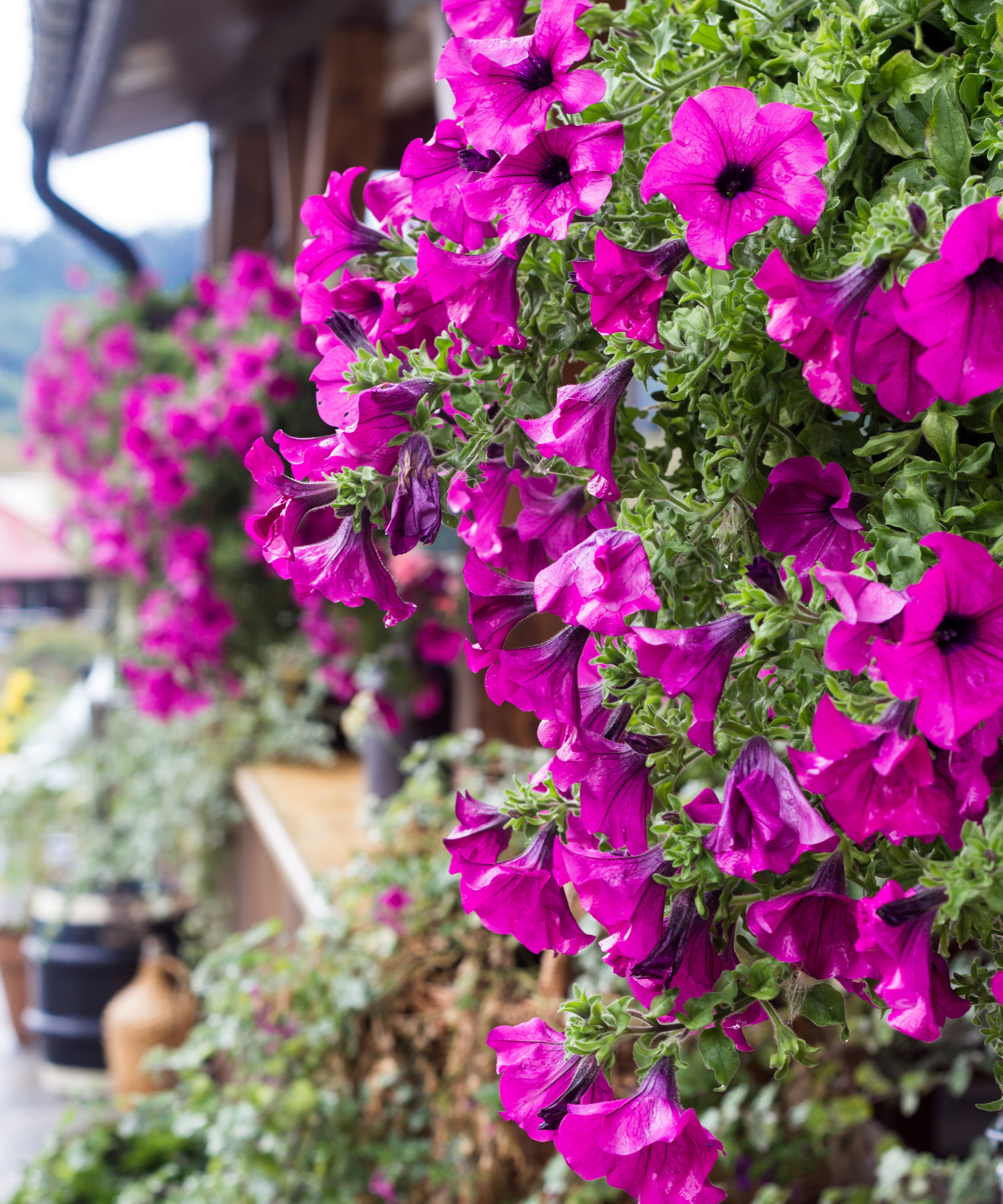
According to the USDA's census, petunias are the best-selling bedding annual flower in the country – but their showy trumpet-shaped flowers aren’t popular with everyone. In fact, our content editor Laura Walters thinks they’re decidedly overrated.
‘I've never understood the fascination with petunias. Sure, they come in lots of colors and are easy to grow, but I always think they look a bit tacky,’ she says, noting that there are so many other colorful, low-maintenance annuals to choose from.
‘I'd pick impatiens, coleus, vinca, lantana, or geraniums over petunias any day. If you like the look of petunias, though, but want to try something a bit different, calibrachoa (available at Walmart) is a great option. It has petite, petunia-like blooms in a wide array of colors and looks lovely spilling out of a hanging basket.’
7. Siberian Iris
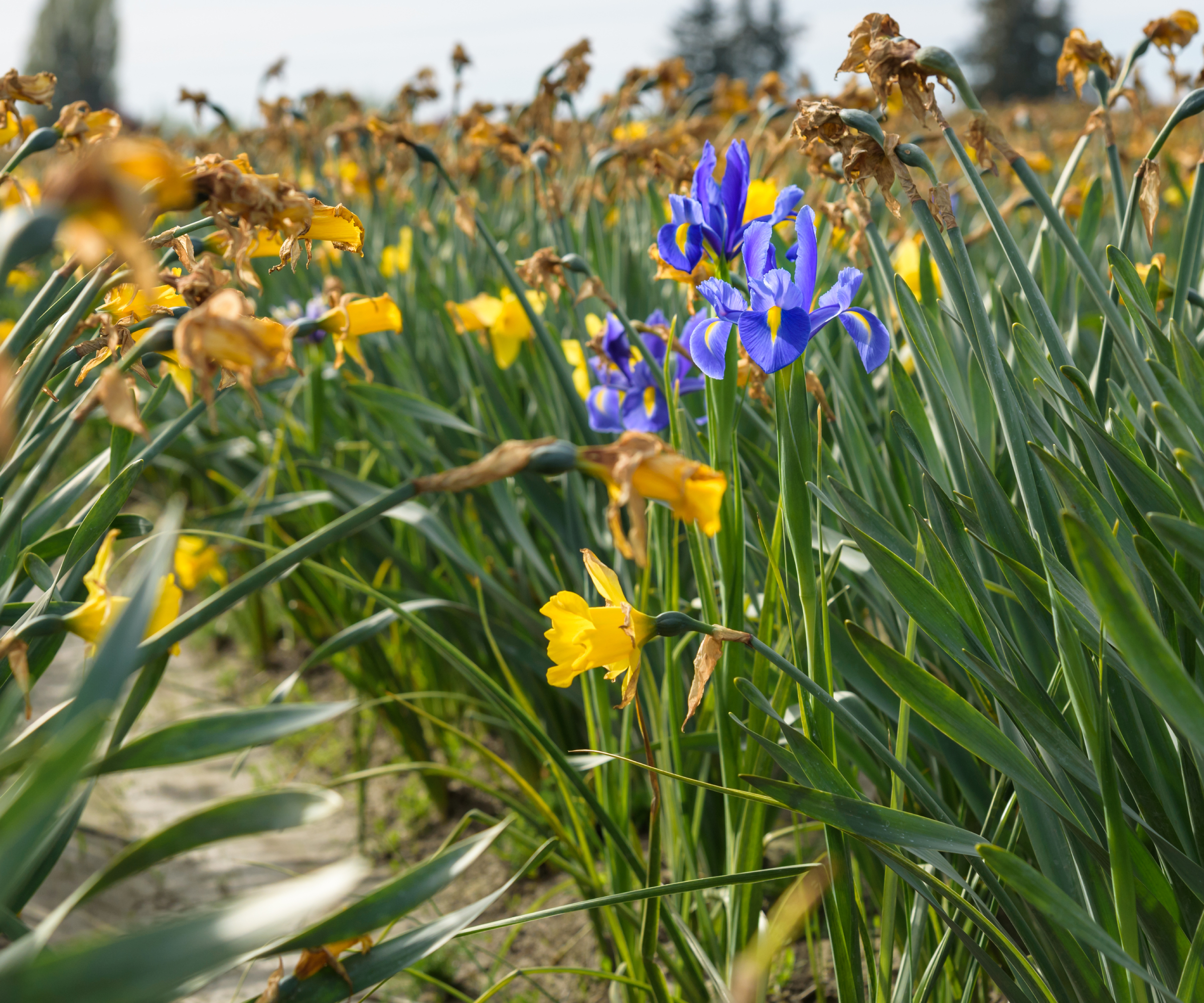
If you’d asked our esteemed editor for her most overrated plant a few years back, she’d have said pansies. ‘I always thought they looked so weedy and they never seemed to fill out the pots,’ she admits, ‘but there are some really beautiful ones that are changing my mind.’
Instead, then, Melanie Griffiths has a particular bone to pick with her Siberian iris. ‘It’s glorious for about two weeks and then looks messy for the rest of the year, and it's so big now that I have this large area of yellowing grassy foliage that flops on and smothers everything I try to plant nearby,’ she explains.
‘When the flowers have faded, I find myself wondering if it's really worth looking at that messy mound for 11 months of the year for such a short window of beauty.’
If you love the look of an iris, why not try a native alternative? The Southern Blue Flag iris from Nature Hills is perfect for USDA Zones 5-9, and thrive in any garden location that is sunny and moist to high moisture throughout the year. Easy to grow, easy to plant, and a vital pollinator resource? Perfect!
As mentioned already, opinions are subjective, and you may find that some of the overrated plants on this list are among your very favorites. That being said, it’s always important to steer clear of planting any potentially invasive species (privet, for example, or bamboo) – and take care to avoid any plants prone to pests and diseases, like boxwood.
Most garden designers, too, will advise you to really assess your garden before investing in a popular plant species; is it suited to the soil? The sun/shade levels? The USDA Zone you’re based in?
Finally, but by no means least, take care to prioritise native alternatives wherever possible, as they’ll usually be far less fussy, far better suited to your outdoor space, and far more beneficial to pollinators and local wildlife. Good luck, then, and happy planting…

Kayleigh is an enthusiastic (sometimes too enthusiastic!) gardener and has worked in media for over a decade. She previously served as digital editor at Stylist magazine, and has written extensively for Ideal Home, Woman & Home, Homes & Gardens, and a handful of other titles. Kayleigh is passionate about wildlife-friendly gardening, and recently cancelled her weekend plans to build a mini pond when her toddler found a frog living in their water barrel. As such, her garden – designed around the stunning magnolia tree at its centre – is filled to the brim with pollinator-friendly blooms, homemade bird feeders, and old logs for insects to nest in.